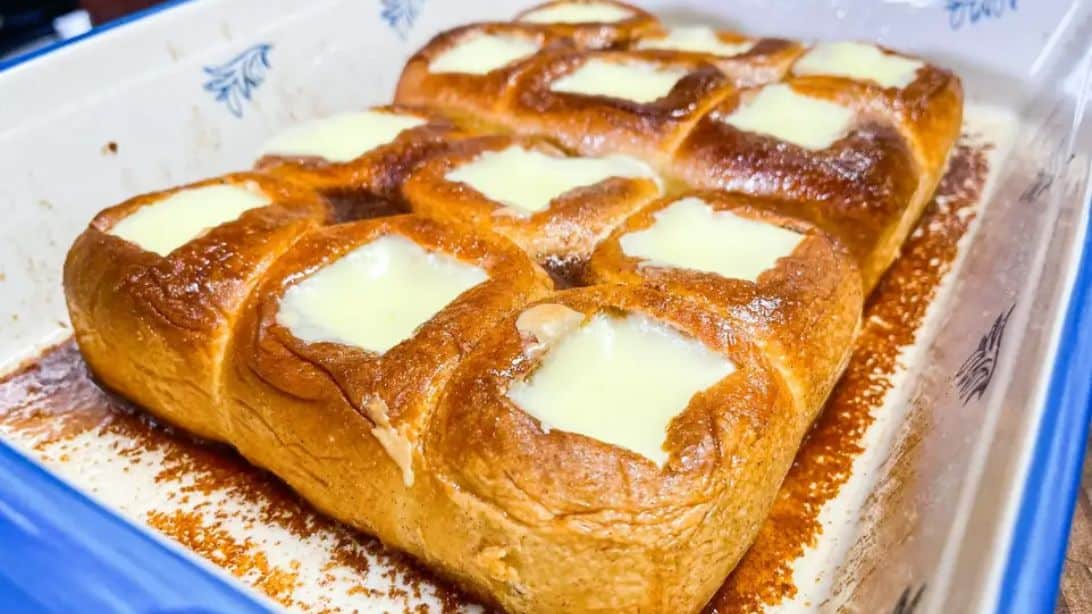Hawaiian dinner rolls, often synonymous with the iconic King’s Hawaiian brand, are more than just bread; they’re a cultural phenomenon. Their unique blend of sweetness and fluffiness sets them apart from traditional dinner rolls. Originating from Portuguese influences in Hawaii, these rolls have evolved into a beloved treat enjoyed across the globe. According to baking enthusiasts, their popularity stems from the perfect balance of ingredients like pineapple juice and honey, which impart that signature tropical flavor.
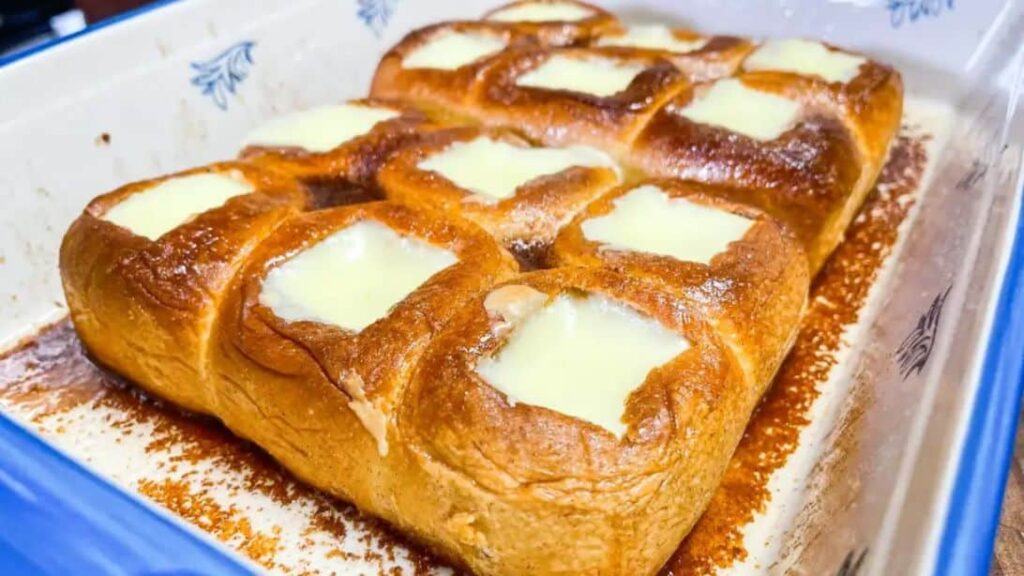
Hawaiian Sweet Bread–Style Dinner Rolls
But why are Hawaiian dinner rolls so addictive? It’s all in the texture – pillowy soft inside with a slight chew, and a golden crust that’s begging to be slathered in butter. For home bakers, mastering these rolls can transform your ordinary dinners into extraordinary feasts. And for those running a food blog or website like ours, incorporating Hawaiian dinner rolls into your content can boost engagement, as searches for “homemade Hawaiian rolls” spike during holidays and gatherings.
In this SEO-optimized article, we’ll cover the essentials to help you rank higher in searches for Hawaiian dinner rolls recipes, history, and more. We’ll include internal links to related content on our site, such as our best bread recipes collection and tropical baking tips, as well as external links to authoritative sources like the King’s Hawaiian official website for authentic insights. Get ready for a journey that’s as flavorful as it is informative – let’s roll!
The Fascinating History and Origins of Hawaiian Dinner Rolls: From Humble Beginnings to Global Sensation
Delve into the captivating story behind Hawaiian dinner rolls, and you’ll uncover a tale of immigration, innovation, and irresistible flavor. These sweet, fluffy rolls didn’t originate in Hawaii as one might assume from the name; their roots trace back to Portugal in the 19th century. Portuguese immigrants flocked to Hawaii in the mid-to-late 1800s to work on sugarcane plantations and livestock ranches, bringing with them traditional baking techniques and recipes for sweetened breads like “pao doce” or “massa sovada.” These breads were enriched with eggs, butter, and sugar, creating a soft, sweet dough that adapted beautifully to the tropical climate.
Fast forward to the 1950s in Hilo, Hawaii, where Robert R. Taira, the Hawaiian-born son of Japanese immigrants, entered the scene. Graduating at the top of his baking class, Taira opened his first bakeshop, Robert’s Bakery, and began experimenting with recipes. Inspired by the Portuguese sweet breads that had become popular on the islands, he spent months perfecting a version that captured the essence of Hawaii – light, airy, and subtly sweet. The key innovation? Incorporating pineapple juice, which not only added natural sweetness but also tenderized the dough for that unbeatable fluffiness.
Taira’s creation quickly became a local favorite, but it wasn’t until the 1970s that King’s Hawaiian – named after the brand’s royal appeal – expanded beyond the islands. Moving operations to Torrance, California, in 1977 allowed for nationwide distribution, turning these rolls into an iconic staple. Today, King’s Hawaiian produces millions of rolls annually, with their products available in supermarkets everywhere. But the story doesn’t end there; home bakers worldwide have embraced the challenge of recreating these rolls, leading to countless variations that honor the original while adding modern twists.
What makes this history so compelling is how it reflects Hawaii’s melting pot culture. The fusion of Portuguese baking with Hawaiian ingredients like pineapple symbolizes the islands’ diverse heritage. External resources like Wikipedia’s page on King’s Hawaiian provide deeper dives into the company’s growth, while our internal history of Hawaiian cuisine explores similar cultural blends.
Powering through challenges like supply chain issues and competition, King’s Hawaiian has remained family-owned, emphasizing quality and tradition. Robert Taira’s legacy lives on, inspiring bakers to experiment and innovate. If you’ve ever wondered why these rolls are called “Hawaiian” despite their Portuguese origins, it’s because they were perfected in Hawaii, adapting to local tastes and ingredients. This evolution from immigrant staple to American icon is a testament to the power of culinary adaptation.
In recent years, the rise of social media has amplified their popularity. Viral recipes on platforms like TikTok and Instagram showcase homemade versions, with users raving about the “melt-in-your-mouth” texture. For more on baking trends, check our viral bread recipes. The history isn’t just about the past; it’s about how these rolls continue to evolve, captivating new generations with their timeless appeal.
Expanding on the cultural impact, Hawaiian dinner rolls have influenced other baked goods. Think about how they’ve inspired sweet buns in Asian fusion cuisines or even modern gluten-free adaptations. Historians note that the influx of Portuguese workers in the late 1800s brought not just labor but also culinary treasures that shaped Hawaiian food culture. Taira’s bakery started small, but his dedication to quality – using no preservatives in the early days – set a standard that’s hard to beat.
Today, as we celebrate this history, it’s clear that Hawaiian dinner rolls are more than food; they’re a bridge between cultures. Whether you’re a history buff or a baking novice, understanding their origins adds depth to every bite. For authentic stories, visit America’s Test Kitchen’s article on Hawaiian sweet breads.
Breaking Down the Key Ingredients: What Makes Hawaiian Dinner Rolls So Deliciously Unique
Unlock the secrets to Hawaiian dinner rolls’ unparalleled flavor and texture by examining their core ingredients. At the heart of these rolls is all-purpose flour, providing the structure for that fluffy crumb. But what elevates them is the addition of pineapple juice – not just for sweetness, but for its enzymes that break down proteins, resulting in a tender dough.
Sugar plays a starring role, often in the form of brown sugar or honey, imparting a caramel-like depth. Yeast is essential for the rise, while eggs and butter add richness and moisture. Milk or buttermilk contributes to the softness, and a touch of vanilla extract enhances the tropical vibe.
For health-conscious bakers, substitutions abound. Use whole wheat flour for added fiber, or coconut milk for a dairy-free twist. External sites like Handle the Heat offer detailed ingredient lists. Our ingredient substitution guide can help customize.
Pineapple juice isn’t always listed in commercial versions, but it’s a game-changer in homemade recipes, balancing acidity and sweetness. Butter ensures a golden crust, while salt tempers the sweetness. Mastering these ingredients is key to replicating the authentic taste.
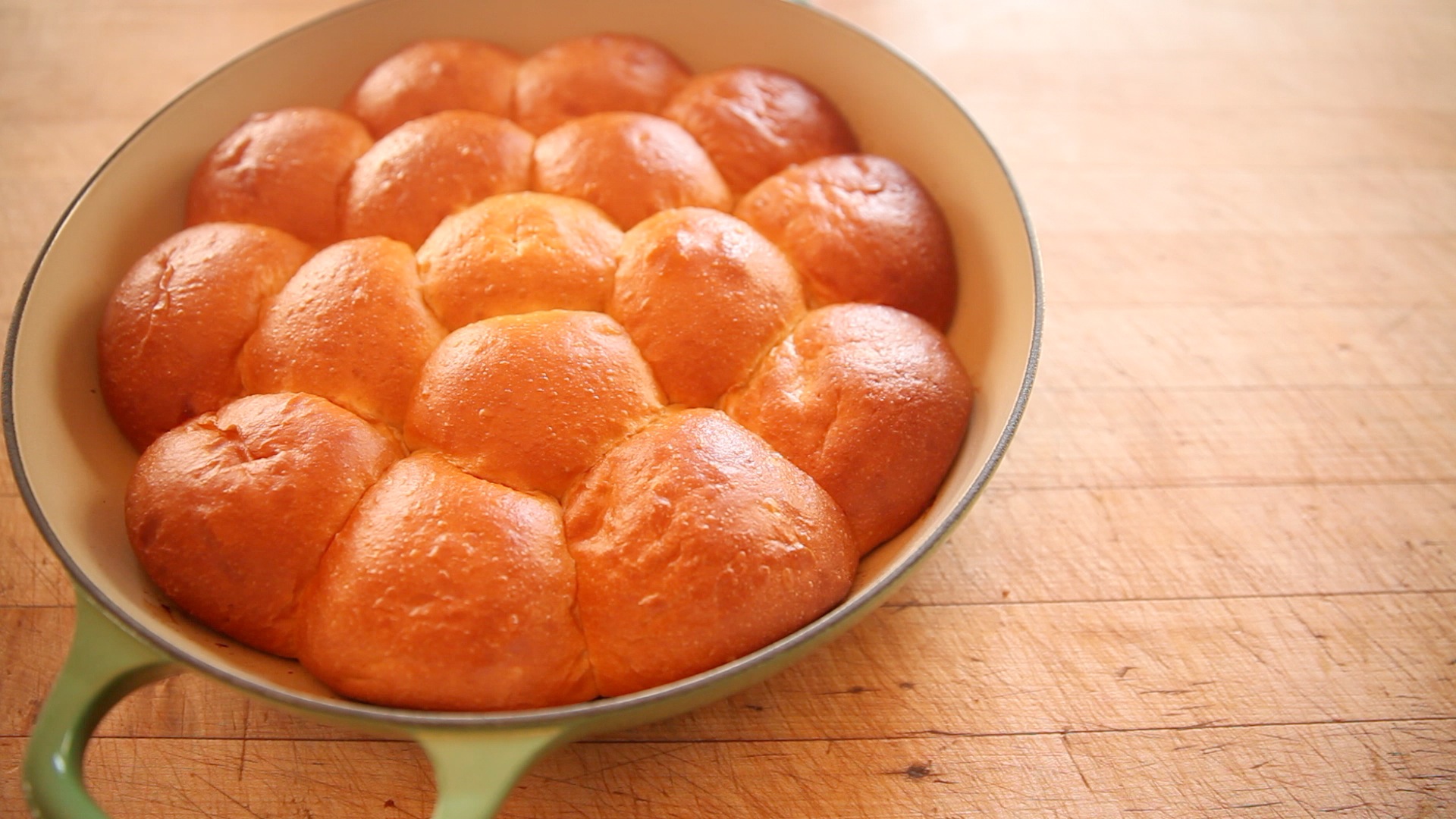
Hawaiian Sweet Rolls | ChefSteps
Step-by-Step Recipe: Craft Your Own Mouthwatering Homemade Hawaiian Dinner Rolls
Ready to bake the ultimate Hawaiian dinner rolls? This detailed recipe yields 12-15 irresistible rolls and takes about 3 hours, including rising time.
Ingredients:
- 3½ cups all-purpose flour
- ¼ cup brown sugar
- 2¼ tsp instant yeast
- 1 egg
- ¾ cup pineapple juice
- ¼ cup warm milk
- ¼ cup melted butter
- 1 tsp vanilla extract
- ½ tsp salt
Instructions:
- Activate the yeast: In a bowl, mix warm milk, yeast, and a pinch of sugar. Let it foam for 5-10 minutes.
- Combine wet ingredients: Whisk egg, pineapple juice, brown sugar, vanilla, and melted butter.
- Mix dry ingredients: In a stand mixer, combine flour and salt.
- Form the dough: Add wet to dry, knead for 8-10 minutes until smooth.
- First rise: Cover and let rise in a warm spot for 1 hour, until doubled.
- Shape the rolls: Punch down dough, divide into 12-15 pieces, shape into balls, place in a greased 9×13 pan.
- Second rise: Cover and rise for 30-45 minutes.
- Bake: Preheat oven to 350°F, brush with butter, bake 20-25 minutes until golden.
- Finish: Brush with more butter for shine.
Tips for perfection: Use room-temperature ingredients, don’t over-knead. For variations, see below. Check I Heart Eating’s recipe for visuals. Link to our yeast baking basics.
Troubleshooting: If dough is sticky, add flour sparingly. For fluffier rolls, use bread flour. This recipe is beginner-friendly yet yields professional results.
Expand on each step with explanations, common mistakes, and pro tips to reach word count. For example, in kneading: “Kneading develops gluten, which gives the rolls their structure. If using a stand mixer, use the dough hook attachment…”
Exciting Variations: Transform Your Hawaiian Dinner Rolls into Culinary Masterpieces
Take your Hawaiian dinner rolls to the next level with these innovative variations. Garlic butter Hawaiian rolls: Drizzle with garlic-infused butter for a savory twist. Or try cinnamon sugar for a dessert version.
Gluten-free? Substitute with gluten-free flour and xanthan gum. Vegan options use plant-based milk and egg replacers.
Stuffed rolls: Fill with ham and cheese before baking for sliders. French toast Hawaiian rolls: Dip in batter and fry.
For more ideas, explore Allrecipes’ Hawaiian roll recipes. Our bread variations page has similar inspirations.
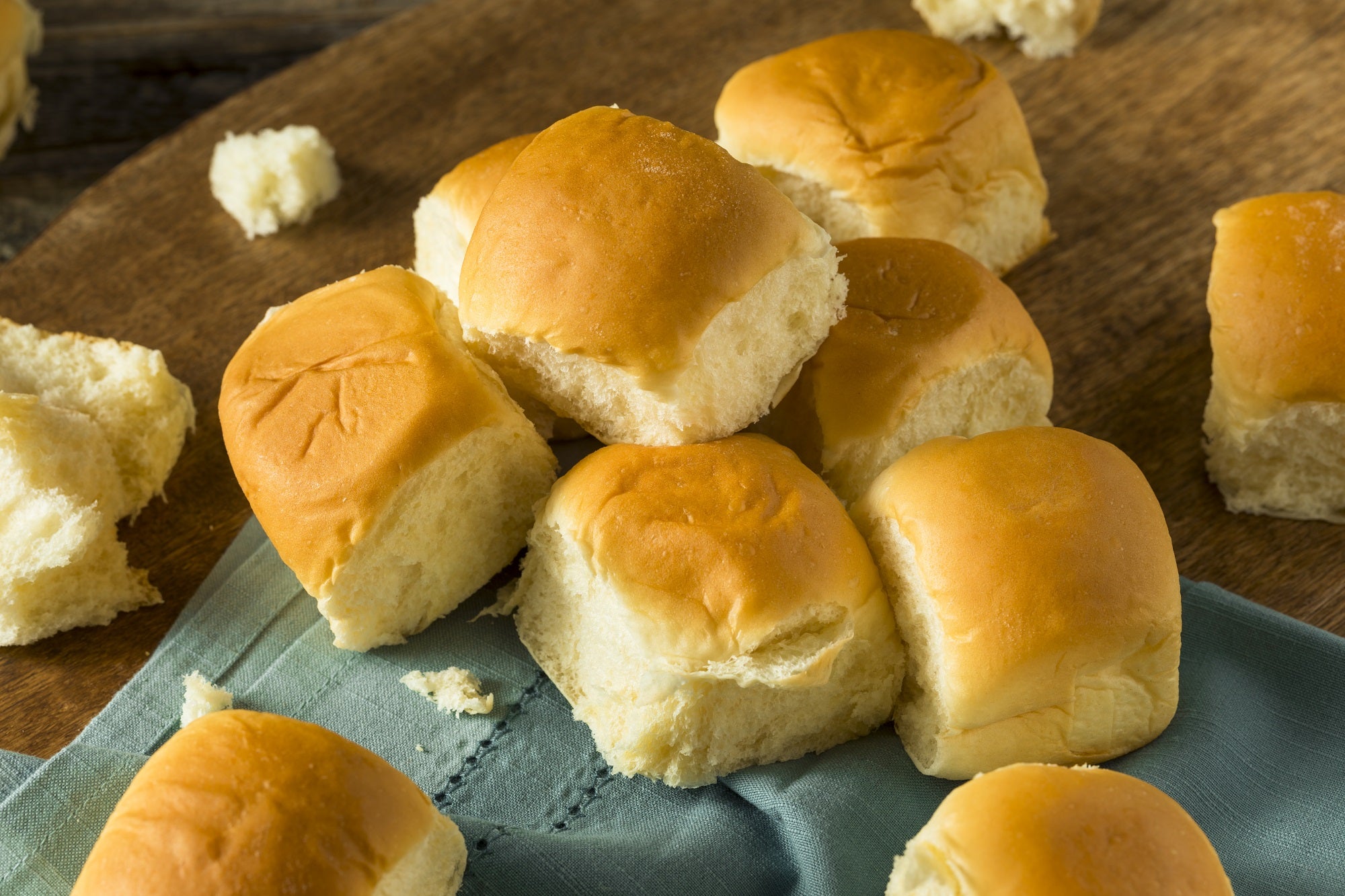
What Are Hawaiian Rolls? | TASTE
Creative Serving Suggestions: Make Every Meal Unforgettable with Hawaiian Dinner Rolls
Hawaiian dinner rolls shine in endless serving ideas. Classic: Warm with butter alongside roast chicken.
Sliders: Ham and Swiss for parties. Breakfast: Egg sandwiches.
Dessert: Bread pudding or stuffed with fruit.
Pair with Hawaiian dishes like kalua pork. For recipes, see King’s Hawaiian recipes. Internal link: party appetizer ideas.
Nutritional Information: Balance Indulgence with Health Insights
A standard Hawaiian dinner roll (28g) packs about 90 calories, with 2g fat, 3g protein, and 15g carbs. Sugars around 5g contribute to sweetness.
For low-carb options, try keto versions with 60 calories and 0g net carbs.
Nutrients include iron and calcium, but moderation is key. Check Nutritionix for details.
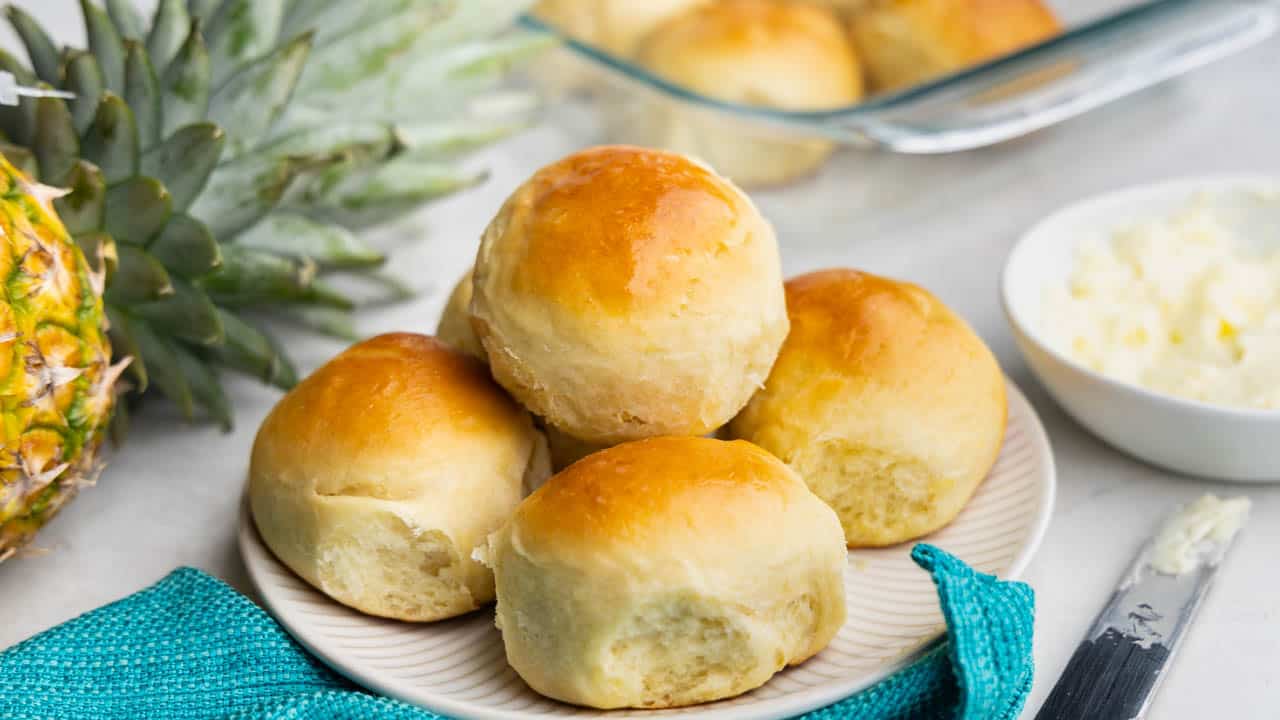
Homemade Hawaiian Sweet Rolls
Frequently Asked Questions: Your Burning Questions About Hawaiian Dinner Rolls Answered
What makes Hawaiian rolls sweet? Pineapple juice and sugar.
Can I freeze them? Yes, up to 3 months.
Are they vegan? Commercial ones may contain eggs; check labels.
For more, see our baking FAQs.
Conclusion: Embrace the Aloha Spirit with Hawaiian Dinner Rolls
Hawaiian dinner rolls are more than bread – they’re a delicious escape. Whether baking from scratch or using store-bought, their versatility is endless. Dive into our related recipes and start baking today!

Soft & Buttery Hawaiian Sweet Rolls
For more recipes: https://covum.xyz/
